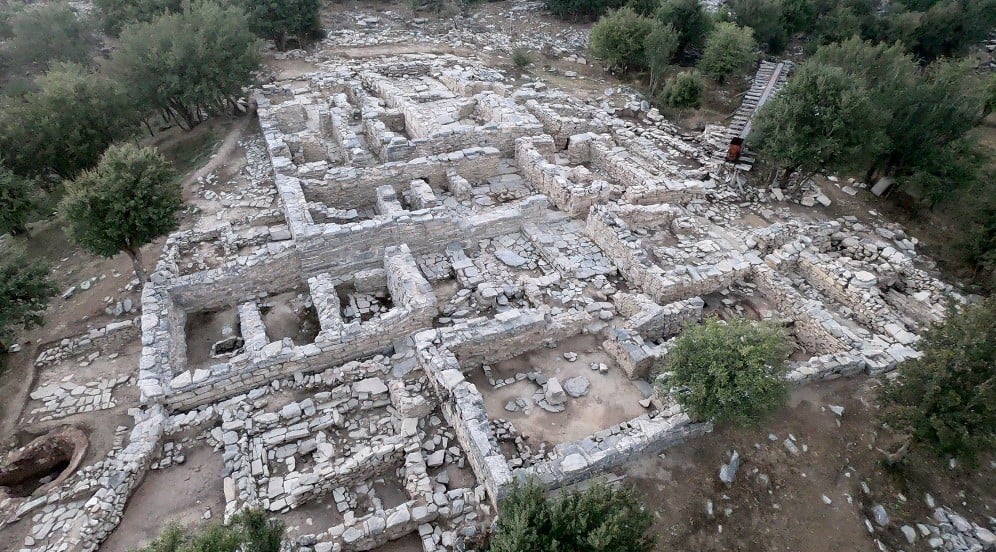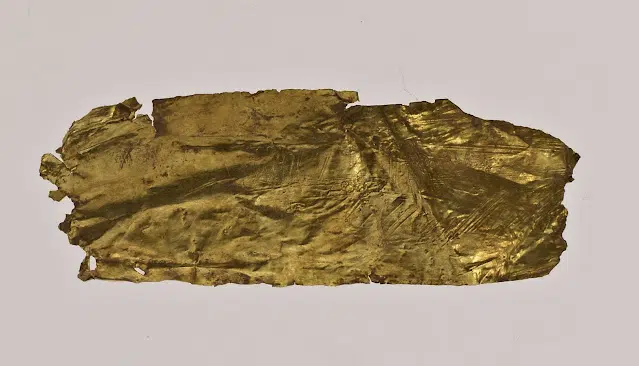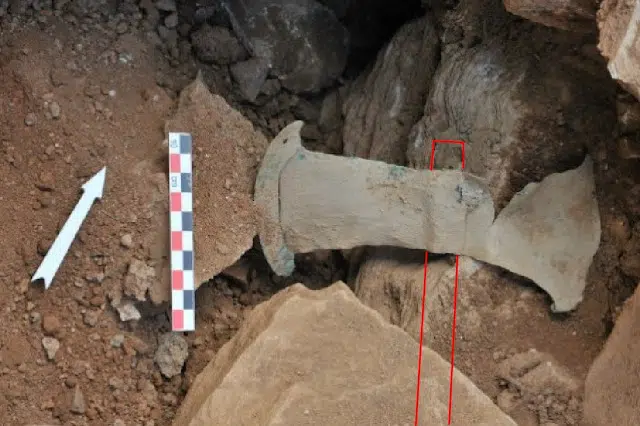
The ancient Minoan palace of Zominthos on Crete located about 1,200 meters (nearly 4,000 feet) above sea level shows that Minoans were not just seafarers but highlanders too.
Discovered in 1984 and nestled in a plateau on Mt. Psiloritis (or Mt. Ida), Crete’s highest mountain, it lies on the ancient route between the palace at Knossos, the Minoans’ primary administrative center, and the sacred Ideon Cave, where many believe the legendary god Zeus was born and raised.
Zominthos is the only mountaintop Minoan settlement ever to have been excavated and is still yielding groundbreaking information.

Professor Yannis Sakellarakis discovered the site in 1982, during his first day of excavations at the nearby Ideon Cave, when a shepherd told him about his pastures and sheep in an area called “Zominthos.” Intrigued by the pre-Hellenic place-name, he began small-scale excavations the following year, which revealed the Central Building.

Zominthos may have been used as a rest stop for visitors making their way from Knossos to the Ideon Cave, the great sanctuary cave near the peak of Ida, as is mentioned in Plato’s Laws (book I, 625B):
“I dare say that you will not be unwilling to give an account of your government and laws; on our way we can pass the time pleasantly in and about them, for I am told that the distance from Knossos to the cave and the temple of Zeus is considerable; and doubtless there are shady places under the lofty trees, which will protect us from this scorching sun.”

Spectacular finds at the Zominthos Minoan Palace
The Minoan Palace at Zominthos seems to have been occupied beginning in the 17th century B.C., with an extensive settlement and a monumental Central Building that covers an area of 1,600 square meters (17,000 square feet).
Beneath the Central Building, which was gradually developed from the 17th century onward, the remains of several earlier structures have been identified.
A number of spectacular finds from this period were found under the slabs, including a tablet with symbols written in Linear A, along with plates, trays, bowls, and cylindrical vessels called “snaketubes.”
Because of the severe climate conditions on the mountaintop—including snow during the winter months—the site may not have been used throughout the entire year, but rather as a seasonal habitat.
During the summer months, people likely moved their flocks of sheep here, to higher altitudes, while exploiting natural resources, such as minerals, herbs, and pharmaceutical plants.
These products, along with woolen textiles and olives, were the goods most commonly exported from Minoan Crete to Egypt and the Middle East.

Zominthos was likely also a religious and crafts center
The Central Building is extremely well preserved and some of its walls still stand at a height of 2.2 meters (7.2 feet).
However, creating the foundation of such a huge building at this altitude is quite a complicated issue. Its unlikely location and size, as well as its careful construction, indicate the existence of a central authority that intended to control the region’s resources, including its flocks and pastures.
Zominthos may therefore be considered a well-organized administrative complex—built on a strategic spot for the control of the area—that fully adapted to the inhospitable Cretan mountains.
Its location on the ancient route to Psiloritis and the wealth of pottery found at the site indicate that it was likely also a religious and crafts center.
The accounting archives in the Linear B script from the palace at Knossos—about 40 kilometers (25 miles) from Zominthos—record thousands of sheep along with shepherds’ names. However, the location of the land where these sheep were grazing has always been a mystery.
Zominthos and the neighboring regions have very prosperous pastures, so it could be that the sheep recorded in the Knossos tablets were mainly concentrated here at Zominthos.

The Central Building’s importance is confirmed by its asymmetrical facades and orientation to the cardinal points, which are well-known characteristics of Minoan palaces.
Zominthos was destroyed by an earthquake around 1600 B.C., which resulted in a fire that devastated the vast majority of the building’s structure. However various finds from the Central Building indicate that the site continued to be used in Mycenaean, Archaic, Hellenistic, and Roman times.
Archaeologists have unearthed many treasures from the Minoan palace over the years showing the great refinement of those who lived there, many of which are in the Archaeological Museum of Rethymnon, Crete.
The palace of Zominthos is a candidate for inclusion on the UNESCO World Heritage List, along with Greek sites such as Knossos, Phaistos, Malia, Zakros and ancient Kydonia.
Source: Archaeological Institute of America
See all the latest news from Greece and the world at Greekreporter.com. Contact our newsroom to report an update or send your story, photos and videos. Follow GR on Google News and subscribe here to our daily email!



